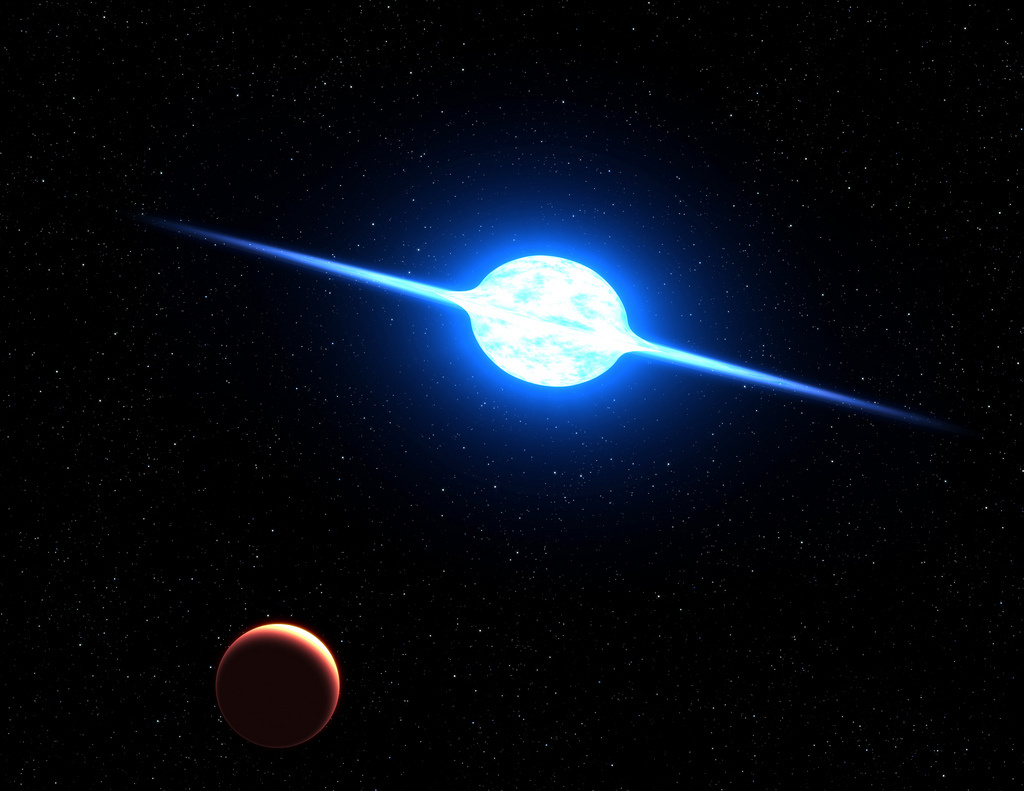Astronomy can be confusing! There's so much jargon involved, and it can be very difficult to tell things apart, both visually and verbally. However, there are telltale signs that seperate stars from planets. Here's how to do it with observations.
Steps -
Tips -
Steps -
- Get a good set of star charts. These always come in handy. Google Sky Map is functional and simple for the novice. Astronomy books, such as David Levy'sA Guide to Skywatching, go more in depth with diagrams, showing individual constellation boundaries and best viewing times. If you are looking for Uranus or Neptune, you'll need even more accurate star charts, such as Uranometria 2000.0.
- Planets lie within a band known as the ecliptic, which contains the 13 constellations of the zodiac. It wraps around the sky, starting at the constellation Pisces, continuing through Aries, Taurus, Gemini, Cancer, Leo, Virgo, Libra, Scorpius, Ophiuchus, Sagittarius, Capricornus, and Aquarius. (These are also the names of astrological houses.) Remember that there are some bright stars on or near the ecliptic that may be mistaken for planets. These include Aldebaran (in Taurus), Pollux, Castor (in Gemini), Regulus (in Leo), Spica (in Virgo), and Antares (in Scorpius). These can also help you find planets on your own.
- Planets don't twinkle. They are disks, like the sun and moon, and shine steadily. However, this is only apparent when weather conditions are not very good.
- All of the planets (except for Uranus, Neptune, and sometimes Saturn) are brighter than the brightest star in the night sky (Sirius). If it outshines every other star in the sky, it may be a planet.
- Note its color. Planets normally have more intense colors than stars. Mercury is grayish-orange, Venus is yellow, Mars is blood-red, Jupiter is silver, Saturn is yellow, and Uranus and Neptune are blue. Note that Aldebaran and Antares are also reddish.
- Planets move across the night sky with relation to other stars. If you find a suspected planet, check its position every day, and see if it moves around. Mercury and Venus will move against the background of stars for half their orbits.
- Through a large telescope, some planets will show detail, such as cloud bands or moons. Any detail will confirm it to be a planet. No matter how much you magnify a star, it won't show any detail. Jupiter, Saturn, Uranus, and Neptune have moons, which appear like small dots that accompany the planet. They also move around, but on shorter distances and timescales.
- If you can defocus the light from a star, it will make a pattern called an Airy disk, which is a set of concentric rings. Defocusing the light from a planet will cause it to turn into a simple blur.
Tips -
- If you find a fuzzball that you cannot focus, nothing's wrong with you or your telescope. You've probably found a nebula or galaxy. If you see a bunch of stars in a ball, you've found a star cluster.
- If you find an object that moves around on the order of days but does not present a disk, it may be one of the brighter asteroids.
- If it moves around on the order of seconds, it's probably a satellite.
- If it has a tail, it's probably a comet. But comets brighter than most of the stars are extremely rare.
- If you have a telescope, you can track its position against the stars and sketch its movement every day. You can do the the same for its moons relative to the planet.


0 comments:
Post a Comment
IT'S YOUR TURN...
To respond : Drop in just anything but spam. Please don't drop comments just to add your link here. You can use basic HTML tags.
Important : If you're looking for further clarification, advice or support, please address by comment.